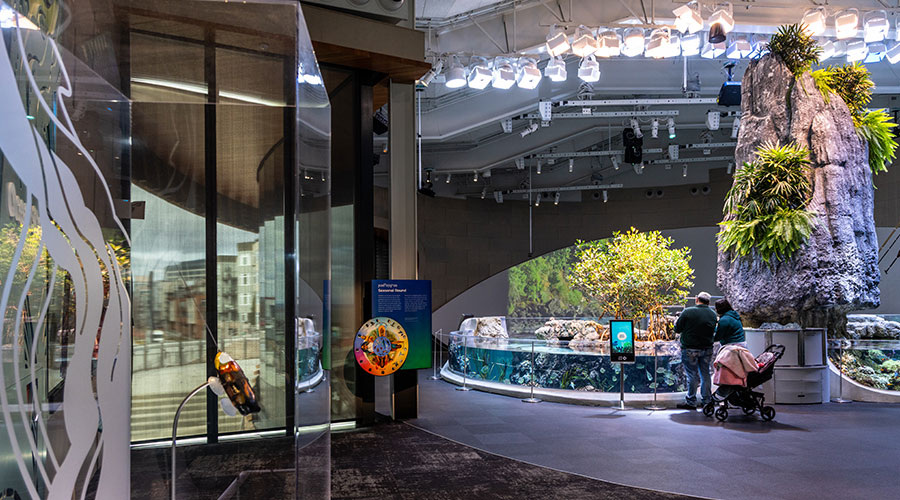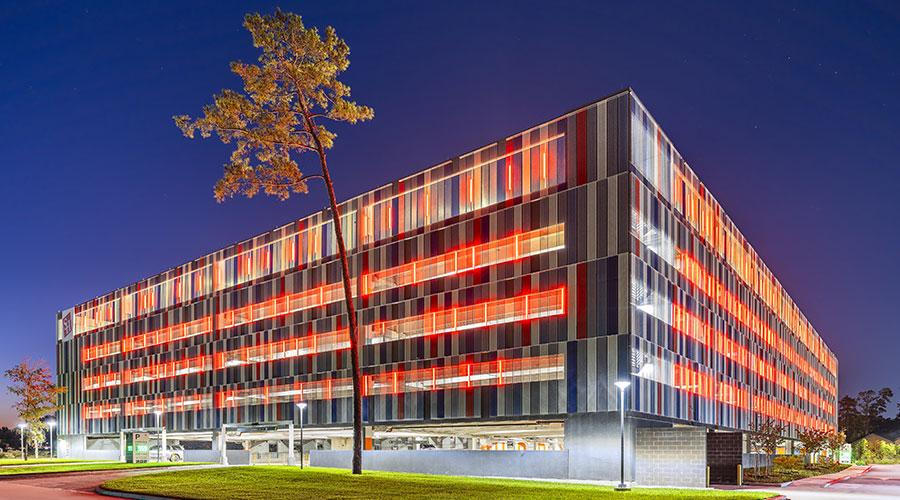Acceptance Testing, Training for Lighting Controls, Energy Efficiency
One of the major new provisions of California’s Title 24, which has been at the forefront in promoting energy efficiency with regard to lighting, controls, and other building systems, is the requirement for “Acceptance Test Technicians” to be trained. These technicians help verify that installed equipment works as specified and actually saves energy.
Any prospective test technician must attend training courses and pass tests. (Similar requirements also exist for testing of HVAC systems.) All new projects as well as many renovation/retrofit projects require the submission of carefully written project expectations — such as the owner’s project requirements and basis of design, explaining how the proposed equipment will meet those requirements. Inspectors are being trained to check for these documents, as well as for verification of the operation of the lighting control equipment by an authorized acceptance test technician.
This is a very new approach. In most locations throughout the United States, there’s currently no mandate for such training and documentation. However, it’s extremely common to be sold on a new energy efficiency project and install the equipment only to find out that it’s difficult to operate or maintain, or that the way it’s been commissioned is not conducive to the actual needs of the occupants. If you spend a substantial amount of money on new equipment to achieve high levels of energy efficiency, it’s worth allocating at least a small portion of the budget for professional advice. Experts can help ensure that the equipment will work as anticipated and meet -owner and occupant needs. Even if you don’t live in California or another location with such stringent code requirements, it’s well worth using them as a baseline for a high-efficiency lighting project. Just remember that there’s a lot more energy efficiency — as well as potential comfort and functionality benefits — that can be wrung out of the project, assuming there’s enough money in the budget to pay for it.
Steve Mesh is a lighting designer and principal of Lighting Education & Design, based in San Francisco. He has taught classes in lighting design and controls for the past 30 years and is a former regional vice president of the Illuminating Engineering Society. He can be reached at steve@stevemesh.com.
Related Topics:














